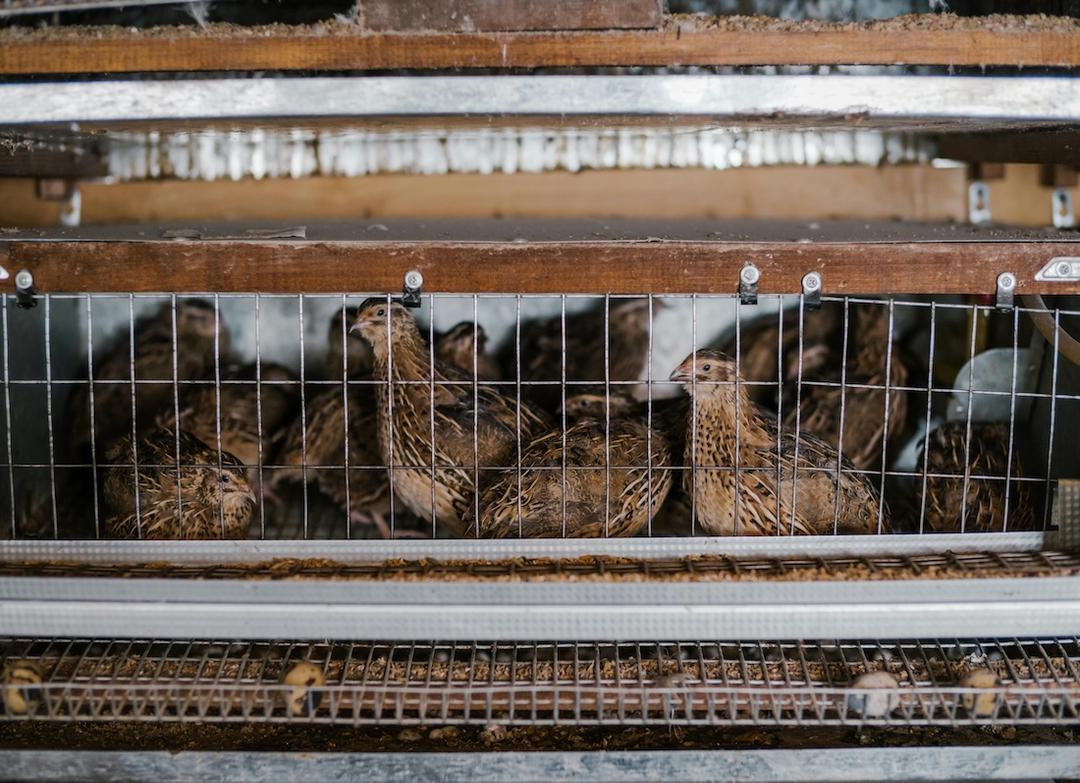This article has been updated. Please see The Story of Kefir or Learn to Make Kefir in Texas.
Blog Update
Please follow the links for updated versions of this blog
Explore Local FarmsLatest articles
Newsletter
Stay updated with the latest news, events, products & more! 🌱
Whether you’re looking for activities to do with your kids, novel dates, or retiree roadtrip ideas, our newsletters keep you in the loop




